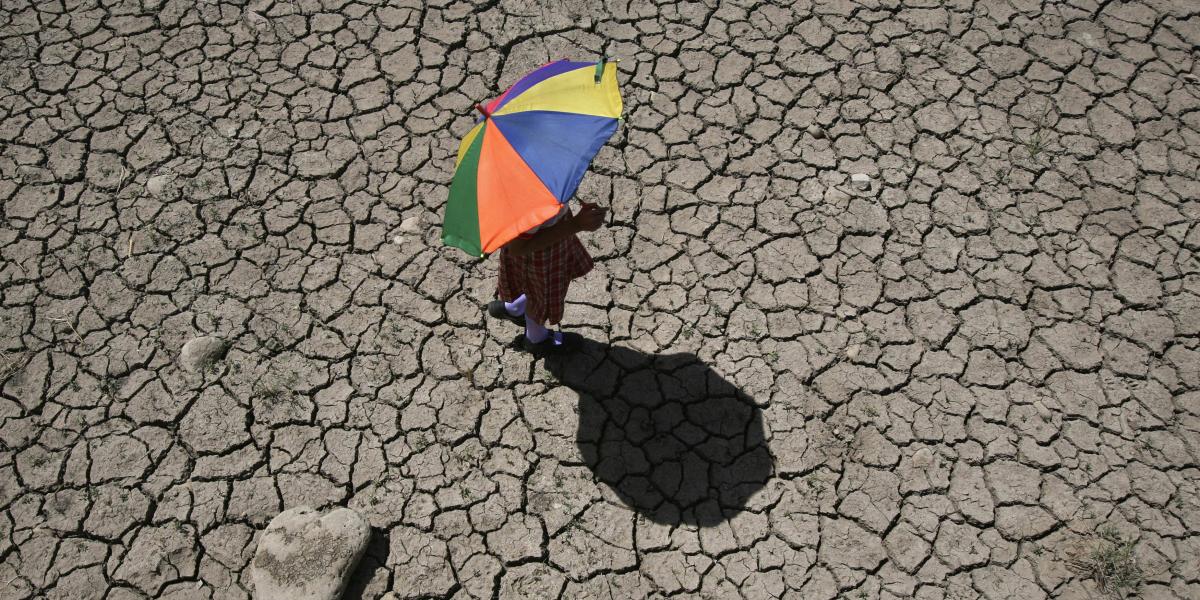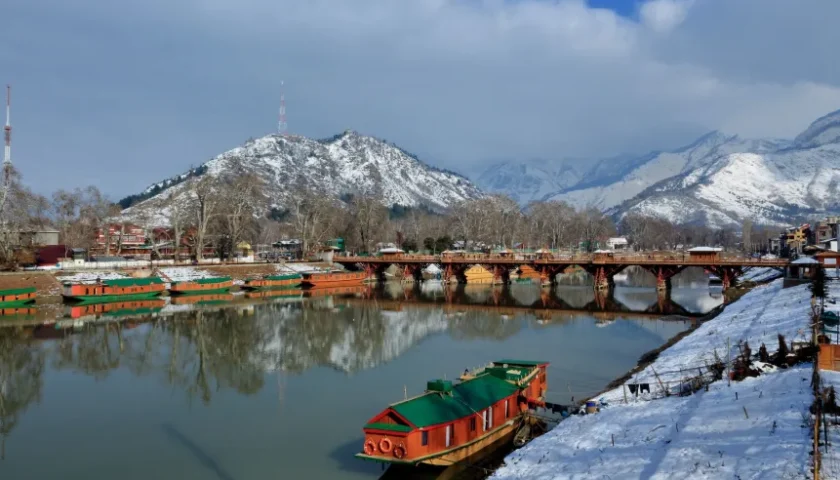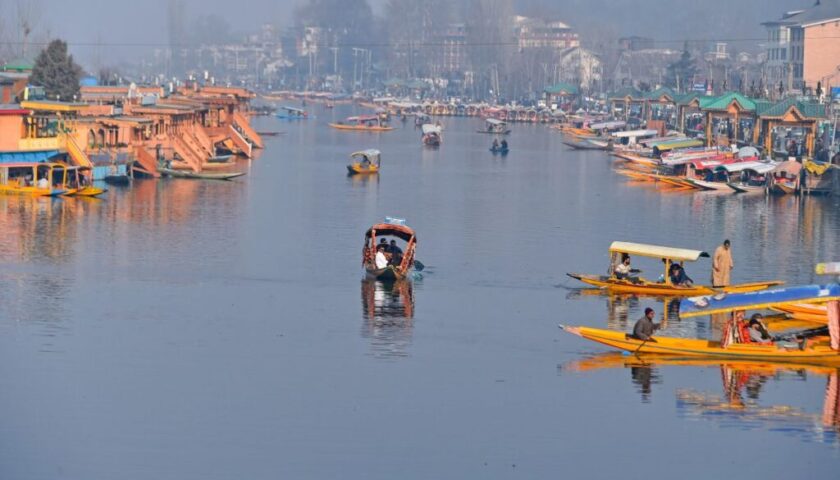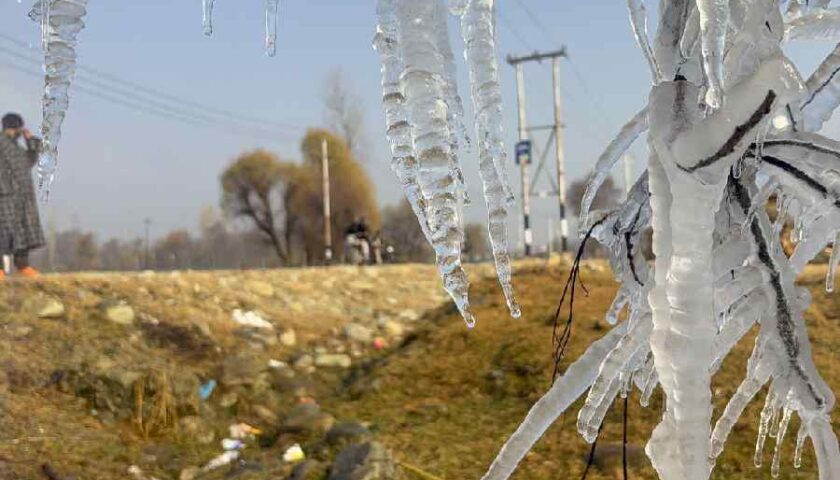From Paradise to Peril
By: Javid Amin | Srinagar | 27 June 2025
Once dubbed “Paradise on Earth,” Kashmir is now battling a fiery transformation. The lush valleys, snow-capped peaks, and serene lakes that once defined its landscape are increasingly being replaced by scorched earth, receding water bodies, and climate-induced calamities. Climate change is no longer a future concern for this Himalayan region—it is a present and pressing emergency. The signs are everywhere: blazing forests, drying rivers, and dwindling snowfall.
This is not just about the weather. It’s about an identity under threat.
Forest Fires: The Valley Burns
In the past year alone, Jammu & Kashmir lost over 112 hectares of forest cover, translating into nearly 69 kilotons of carbon dioxide emissions—a carbon footprint that further fuels the very crisis it symbolizes.
Within just two weeks, the region recorded 94 forest fire incidents, affecting crucial biodiversity zones in Anantnag, Kokernag, Tral, Bandipora, and parts of Shopian and Baramulla. Satellite images have captured ominous plumes of smoke rising from once-verdant woodlands.
These aren’t ordinary seasonal fires. Experts from the Forest Department and Disaster Management Authority attribute them to a dangerous mix of:
- Prolonged dry spells
- Below-average winter snowfall
- Rapidly rising spring temperatures
- Erratic pre-monsoon rainfall
The Zabarwan range, home to centuries-old cedar and pine groves, is now often clouded with smoke instead of mist.
Ecological Fallout: More Than Just Trees
Each forest fire not only devours trees but disrupts the entire ecological balance. Forests in Kashmir serve as carbon sinks, habitats for endangered species, and natural regulators of temperature and rainfall. The destruction of these forests:
- Reduces biodiversity, threatening species like the Hangul deer, Himalayan brown bear, and migratory birds.
- Releases carbon stored over decades, accelerating global warming.
- Causes soil erosion and disrupts groundwater recharge systems.
The Van Gujjars, Kashmir’s forest-dwelling nomadic tribe, are particularly vulnerable. Their livelihoods and way of life are now up in smoke—literally.
Shrinking Water Bodies: Jhelum & Wullar in Distress
Climate change is not just burning Kashmir—it’s also drying it up.
- The Jhelum River, once the lifeline of Kashmir’s economy and culture, is seeing historic lows. Gauging stations at Sangam, Munshi Bagh, and Pampore report alarming water level drops.
- Wullar Lake, one of Asia’s largest freshwater lakes, is shrinking rapidly. Reduced glacial melt, low rainfall, and high evaporation are robbing the lake of its ecological vitality.
These changes mean less water for irrigation, reduced fish stocks, and threats to drinking water supply. In a land where water was once abundant, scarcity is now becoming a seasonal norm.
When Snow Forgot to Stay: Kashmir’s Silent Climate Crisis
There was a time when Kashmir’s summer arrived gently. The snow would melt slowly, replenishing rivers and aquifers, as meadows bloomed and the air remained cool. But that cycle has been disrupted.
- Snow now melts too quickly, reducing sustained water flow.
- Winters are warmer, with rain replacing snow.
- Glaciers are receding—faster than many Himalayan forecasts predicted.
The Himachal glaciers that feed the Jhelum and other rivers are shrinking. And the iconic white crown of the Pir Panjal and Zabarwan ranges is often bare by early spring.
Rising Temperatures & Erratic Seasons
Meteorological data confirms what Kashmiris already feel:
- Average temperatures in Kashmir have risen by over 1.2°C in the last three decades.
- Summers start earlier and last longer.
- Spring is becoming shorter, with abrupt transitions to heat.
This has wide-reaching consequences:
- Apple and cherry crops bloom too early, missing pollination cycles.
- Rice cultivation suffers from unpredictable rain and irrigation scarcity.
- Almond and walnut trees show signs of heat stress.
Agriculture, the backbone of Kashmir’s economy, is increasingly at the mercy of a volatile climate.
Firefighting with Bare Hands: A Community’s Struggle
With limited resources, local communities, forest officials, and volunteers have become Kashmir’s frontline firefighters.
- Most forest divisions lack modern firefighting equipment.
- Helicopter water dousing is not yet part of the emergency toolkit.
- Locals resort to green-branch beating, fire lines, and manual shoveling to contain blazes.
These methods, though brave, are inadequate against fires fueled by dried underbrush, pine resin, and high-speed winds.
From Crisis to Culture: What’s at Stake
Kashmir’s climate crisis is not just environmental. It’s deeply cultural.
- Traditional wooden houses, once ideal for snowy climates, now overheat in summer.
- Rivers once revered are now polluted and drying.
- Rituals tied to harvest and snowfall are losing meaning.
- Eco-tourism, a key income source, is suffering as landscapes change and wildlife vanishes.
As forests burn and rivers shrink, Kashmiris are also losing part of their heritage, memory, and identity.
The Way Forward: A Call for Urgent Action
Policy Recommendations:
- Implement climate-resilient agriculture
- Invest in modern forest firefighting tools
- Reintroduce native tree species through strategic afforestation
- Protect and restore wetlands and lakes
- Incentivize solar and renewable energy adoption
Community Initiatives:
- Climate literacy in schools and mosques
- Clean-up drives for rivers and lakes
- Youth-led eco-monitoring squads
Technology for Sustainability:
- Satellite monitoring for fire alerts
- Weather prediction systems for early warning
- Smart irrigation tools for farmers
Final Word: Reclaiming the Soul of the Valley
Kashmir stands at a dangerous crossroads. Its beauty, culture, and ecosystem—once symbols of balance—are being unmade by a crisis we can still slow down.
We must act not just to save the forests and rivers, but to protect the very soul of Kashmir. Because this fight isn’t about preserving scenery—it’s about preserving life.
Let us rise before the fire consumes all that remains of paradise.




